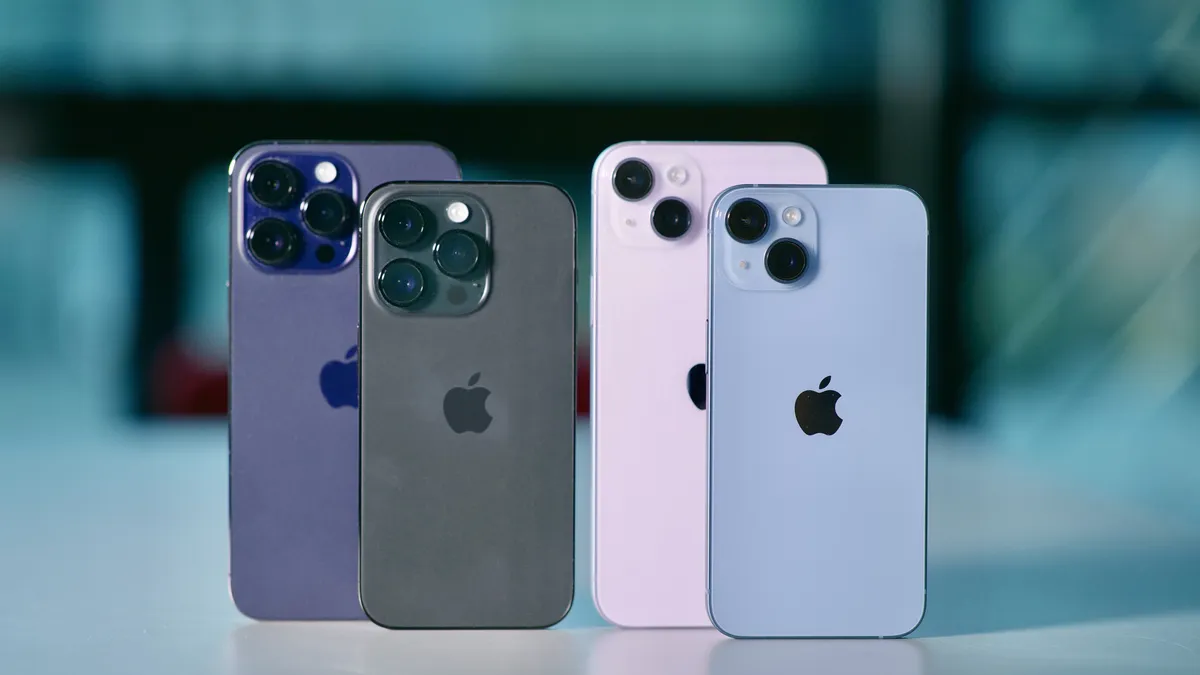For years, whispers of Apple’s strategic shift away from its heavy reliance on Chinese manufacturing have circulated throughout the tech world. The company’s efforts to diversify its production footprint, particularly into burgeoning markets like India and Vietnam, have been well documented. This move, driven by a desire for greater supply chain resilience and geopolitical considerations, has now encountered a significant new obstacle: heightened export scrutiny from Chinese authorities.
Apple’s ambition to establish India as a major manufacturing hub has been particularly ambitious. Projections have suggested that a substantial portion of iPhone production could shift to India in the coming years. Recent milestones, such as the commencement of iPhone 16 production in India shortly after its global launch, signaled promising progress. This marked the first time a flagship iPhone model was manufactured in India so early in its product lifecycle, fueling speculation that Apple aimed for simultaneous production starts in both China and India for future models.
However, this carefully laid plan is now facing headwinds. A recent report suggests that Chinese customs officials are implementing stricter export checks on shipments of components and equipment destined for Apple’s overseas manufacturing facilities. These increased inspections, ostensibly related to a newly implemented law concerning “dual-use” technology – technology with both civilian and potential military applications – are causing significant delays, sometimes stretching to weeks.
This development raises serious questions about the true motivations behind these stricter checks. While the official explanation focuses on national security concerns, many industry observers believe that economic and political factors are at play.
From an economic perspective, China has a vested interest in retaining Apple’s manufacturing presence within its borders. The tech giant’s operations contribute significantly to the Chinese economy, providing employment and generating revenue. By creating obstacles for Apple’s diversification efforts, China may be attempting to discourage the company from shifting production capacity elsewhere.
The political dimension adds another layer of complexity. Geopolitical tensions and trade disputes have become increasingly prominent in recent years. Some analysts suggest that these heightened customs checks could be a form of leverage, a way for China to signal its potential for retaliatory action in the face of trade pressures. This perspective is further supported by reports that other US tech companies, such as Dell and Microsoft, are also accelerating their diversification efforts in response to similar pressures.
The impact of these increased checks extends beyond just finished components. Reports indicate that even items not explicitly classified as “dual-use” are facing stricter scrutiny. This includes seemingly innocuous equipment like speed testing tools for smartphones. The broad interpretation of “potential military use” is creating uncertainty and delays across the supply chain.
This situation highlights the delicate balance Apple must navigate. While the company is determined to reduce its reliance on a single manufacturing base, it also faces the reality of a complex global supply chain intertwined with geopolitical dynamics. The increased scrutiny from Chinese authorities presents a significant challenge to Apple’s diversification strategy, forcing the company to adapt and potentially reconsider its timelines and approaches.
The long-term implications of this development remain to be seen. It underscores the increasing importance of supply chain resilience and the need for companies to diversify their manufacturing and sourcing strategies. It also highlights the growing intersection of technology, economics, and international relations in the modern global landscape. As Apple continues its efforts to diversify its manufacturing footprint, it will need to carefully navigate these complex and evolving dynamics.




